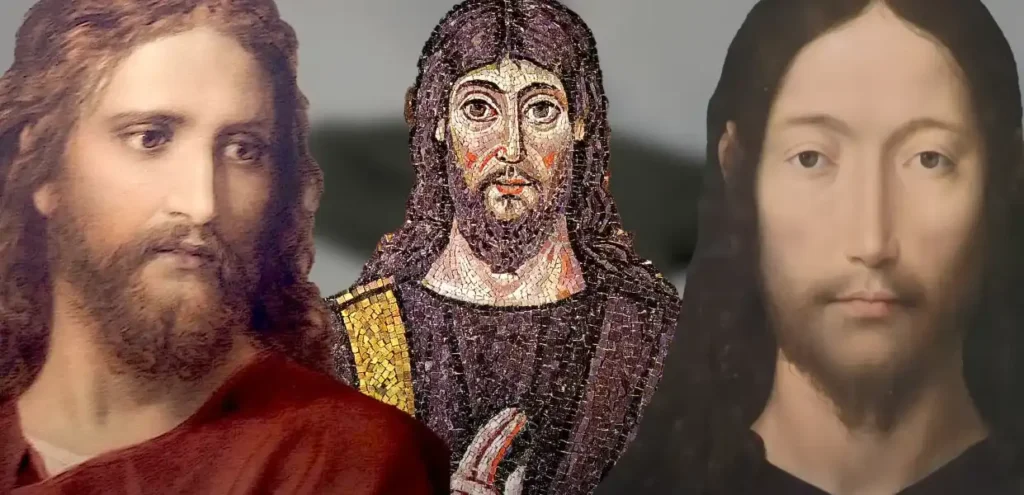The Catholic Church, with nearly 2,000 years of history, stands as one of the world’s oldest institutions.
Its followers believe that it is not just a branch of Christianity, but a direct continuation of the faith established by Jesus Christ.
Yet, the origins of Catholicism are often debated, with various perspectives on when and how it truly began.
Let’s delve into the complex history of Catholicism, exploring its roots in early Christianity and the pivotal moments that shaped its development.
The Beginnings with Jesus Christ
Catholic tradition holds that the church’s foundation was laid by Jesus Christ Himself.
According to the Gospels, Jesus was born in Bethlehem during the reign of Caesar Augustus, around 4 to 6 BCE. His public ministry, which began around the age of 30, lasted only three years but had a profound impact on the world. Jesus, who was Jewish, expanded upon Jewish teachings, giving them new meaning and depth.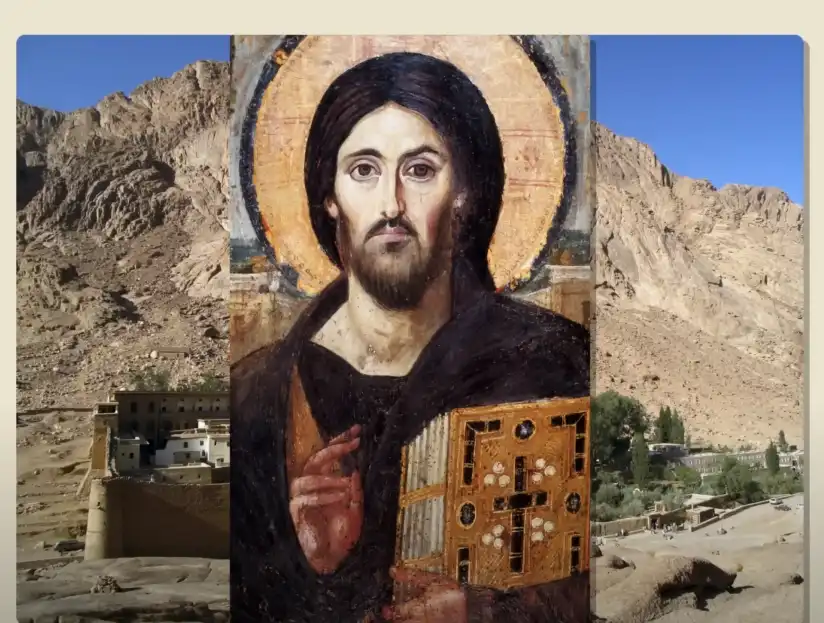
He chose 12 apostles, all Jews, and 70 or 72 Gentile disciples to spread His message. This small, diverse group of followers became the first bearers of the Christian faith.
The early Christian community did not see themselves as followers of a new religion but rather as a sect within Judaism.
They believed that Jesus was the promised Messiah, and His resurrection gave new clarity to their faith. Initially, these early Christians continued to observe Jewish laws and traditions, but they also spread the message of Jesus beyond Jewish communities, particularly after His resurrection.
The Spread of Christianity and the Role of the Apostles
The apostles played a crucial role in spreading Christianity, especially after they began to face persecution in Jerusalem. The spread of Christianity was not immediate but gradual, reaching Jewish communities around the Mediterranean before expanding further.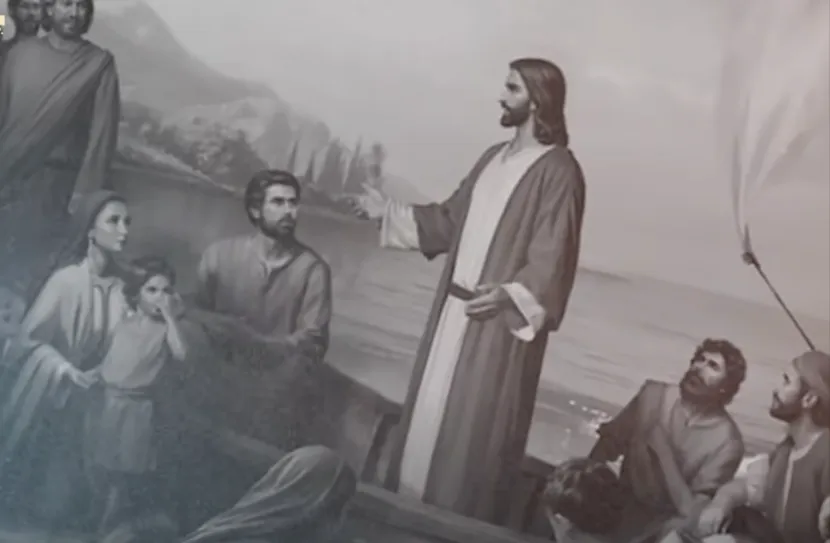
One of the key figures in this expansion was Paul, who is often considered the most influential of the apostles. Paul’s writings, known as the Pauline Epistles, make up a significant portion of the New Testament.
He was instrumental in making Christianity accessible to non-Jews, stripping away many Jewish customs to appeal to a broader audience.
Around 50 CE, the Council of Jerusalem was convened to address the issue of whether Gentile converts needed to follow Jewish law. The decision to exempt Gentiles from certain Jewish laws helped Christianity spread beyond its Jewish roots.
This council is often seen as a significant moment in the separation of Christianity from Judaism and the beginning of a distinct Christian identity.
The Rise of the Roman Catholic Church
The exact date when the Catholic Church began is a subject of debate. Catholic tradition holds that the church was established on Pentecost, 50 days after the crucifixion of Jesus.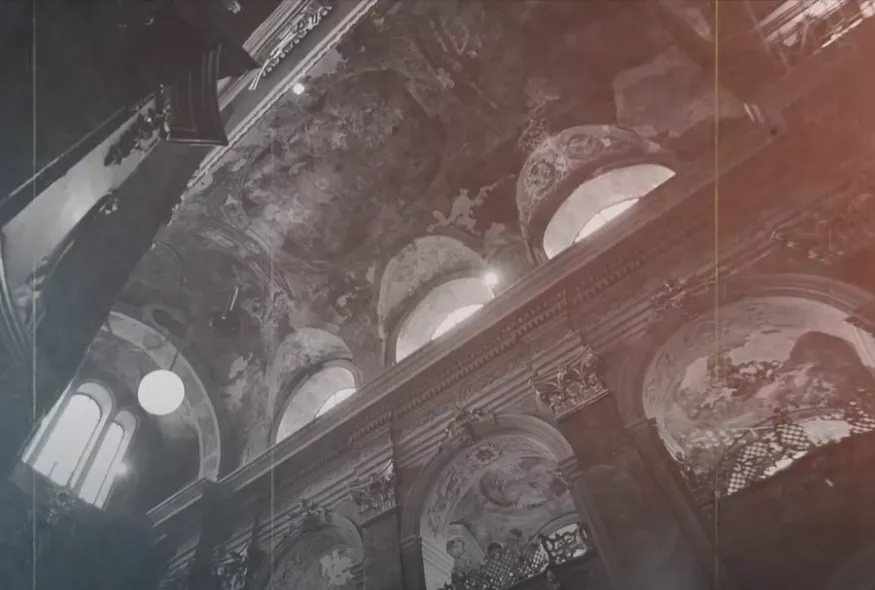
For the first few decades, the early Christians referred to their movement as “The Way.” It wasn’t until the beginning of the second century that the term “Catholic,” meaning “universal,” started to be used.
The term was likely first used by Saint Ignatius in a letter written around 108 CE.
Some historians, however, argue that the Catholic Church as we know it today began with the Roman Emperor Constantine in the 4th century. Constantine’s Edict of Milan in 313 CE granted religious tolerance to Christians, allowing them to practice their faith openly and reclaim their property.
Constantine’s involvement in church affairs, including his role in the First Council of Nicaea in 325 CE, further solidified the church’s power and influence.
The Debate Over Catholicism’s Origins
The question of when Catholicism truly began is complex and multifaceted.
Catholics believe that their church was founded by Jesus Christ and has maintained an unbroken line of apostolic succession from Saint Peter, whom they consider the first pope. This belief in continuity is central to Catholic identity.
On the other hand, some scholars argue that Catholicism, as a distinct branch of Christianity, emerged between the 1st and 4th centuries.
They suggest that the church’s structure, doctrines, and traditions were shaped over time, particularly during the reign of Constantine and the subsequent councils that defined Christian orthodoxy.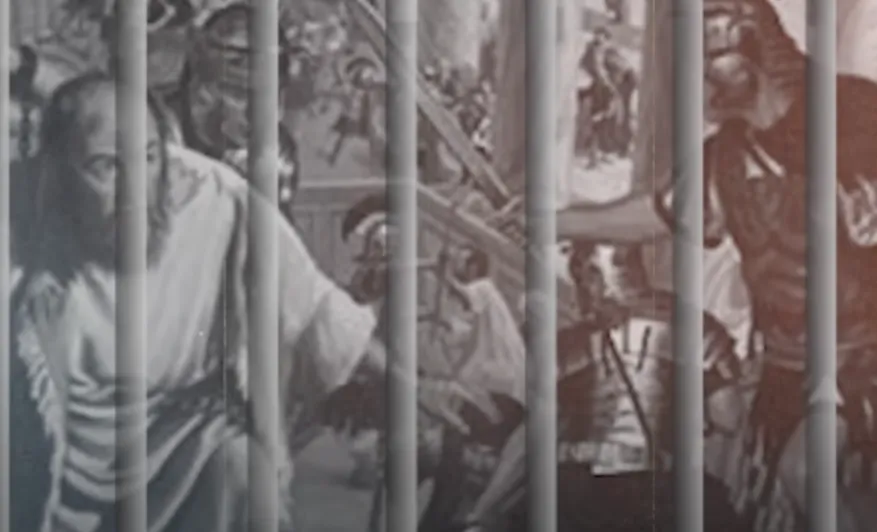
Conclusion: A Faith Rooted in History
The history of Catholicism is deeply intertwined with the history of Christianity itself. Whether one views it as beginning with Jesus and His apostles or as evolving over the centuries into a distinct branch of Christianity, the Catholic Church’s influence on the world is undeniable.
Its traditions, teachings, and institutions have shaped not only religious thought but also the course of history.
For Catholics, the church is a living continuation of the faith established by Jesus Christ, preserved through centuries of change and challenge. For others, it is a significant chapter in the broader story of Christianity, one that has played a crucial role in the development of Western civilization.
This exploration of Catholicism’s origins invites reflection on the profound impact of faith and tradition across the ages, encouraging believers to connect with the rich heritage that continues to guide millions of lives today.

Hello! I’m passionate about the power of words and visuals. I love curating inspiring quotes, heartfelt wishes, and stunning wallpapers to uplift, motivate, and bring joy to people around the world. My goal is to spread positivity and beauty through my carefully crafted content. I hope you find daily inspiration and moments of happiness here!
